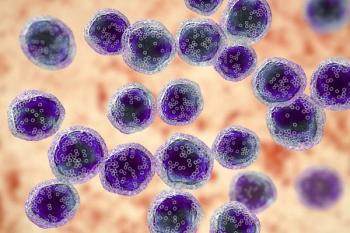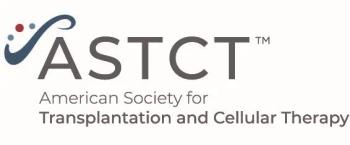
News|Videos|December 19, 2017
Updates in Splenic and Nodal Marginal Zone Lymphoma
Author(s)Catherine Thieblemont, MD, PhD
This video reviews updates on the treatment and biology of splenic and nodal marginal zone lymphoma.
Advertisement
In this video, Catherine Thieblemont, MD, PhD, of Hopital Saint-Louis in Paris, discusses updates on the treatment and biology of splenic and nodal marginal zone lymphoma.
Thieblemont gave a presentation on this topic during an education session at the 2017 American Society of Hematology (ASH) Annual Meeting and Exposition, held December 9–12 in Atlanta.
Newsletter
Stay up to date on recent advances in the multidisciplinary approach to cancer.
Advertisement
Latest CME
Advertisement
Advertisement
Trending on CancerNetwork
1
FDA Approves Sevabertinib in Non-Squamous NSCLC
2
Tarlatamab Earns Traditional FDA Approval in ES-SCLC
3
FDA OKs Selumetinib in NF1 Symptomatic, Inoperable Plexiform Neurofibromas
4
Giredestrant Exhibits DFS Improvement in Early-Stage Breast Cancer
5



















































































